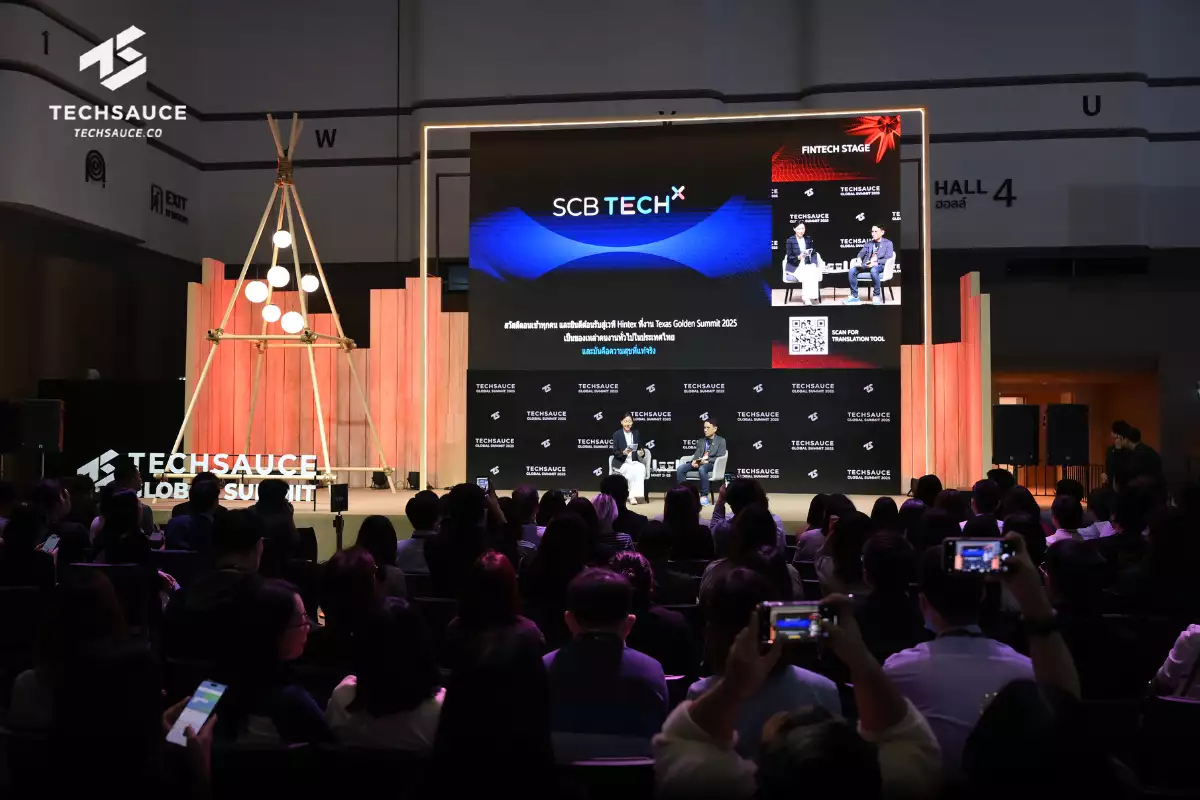'Digital Evolution: How to innovate under changing circumstances' by MAQE
At MAQE, we’ve delivered hundreds of projects since our start in early 2012: microsites, websites, e-commerce systems, e-learning systems, mobile apps, business apps, Software-as-a-Service platforms, and Application Programming Interfaces (APIs). And while each and every one of these projects have offered its own unique blend of challenges, we have, over time, manage to discern a few patterns — commonalities, if you will, shared between seemingly disparate projects.

Since 2017, we’ve worked these patterns into a framework called Digital Evolution. And we use this framework to better manage stakeholder expectations in regards to the scope and complexity involved in the development of digital products. MAQE is a consultancy — a services business — meaning we design and build web-based software for external customers. And so we’ve always had a need for clear and efficient communication. Digital Evolution addresses that need.
Stages and Objectives
As mentioned, we’ve completed a lot of different projects since we got our start, and we’ve done it for and with a lot of different customers. Having worked with numerous startups, lots of Small & Medium-Sized Business (SMBs), and quite a few Multinational Corporations (MNCs), I can confidently say that when it comes to predicting customer needs, size isn’t all that important. At least not in this context ;-)
Instead, we’ve come to the conclusion that the most important thing to consider when reviewing new opportunities is the stage of the Product Life Cycle (PLC) in which the customer finds him or herself. That, more than anything else, determines their need.
The PLC suggests that products move through a series of stages as it matures. We’ve experienced much the same in our work creating software products. And while it seems obvious after the fact, it wasn’t until a few years ago that we fully appreciated just how important this was
Three Stages
Nothing predicts customer needs as well as the stage of the PLC they are in. And while the PLC provides five stages, we need only consider the first three (this is an artifact of our business model more than anything else and may not hold true for everyone).
The three stages of Digital Evolution are:
- Discover - When you have a problem in need of a solution
- Create - When you have an idea that needs to be realized
- Improve - When you have a business that you want to grow
Stage is the first piece of the puzzle in determining customer needs. And we thought it so important that we actually built our entire service offering around it.
Four Objectives
The second tell tale sign we must consider is the customer’s objective. What are they trying to achieve? And here again our past work building a variety of products for a variety of customers comes to bear. Because in our experience, it all boils down to four overarching objectives.
The four objectives in Digital Evolution are:
- Engage - When you want to engage your customers (e.g., marketing website)
- Empower - When you want to empower your employees (e.g., ERP system)
- Optimize - When you want to optimize your operations (e.g., workflow automation)
- Diversify - When you want to launch a new business (e.g., SaaS platform)
The insight of Digital Evolution is, essentially, that this objective, in combination with the stage of development, will tell us a lot of what is actually at stake.
Many Answers
Identifying stage and objective in new engagements isn’t difficult. But it is important. Software is hard but communication is harder, I often say. And this initial conversation between customer and vendor is a good way to align expectations across many different topics:
- Scope - Are we looking at an MVP or a fully featured app?
- Priority - What’s more important? Speed, cost, or budget?
- Discovery - How do we go about gathering requirements?
- Risk - How likely is it that can deliver return on investment?
- Adoption - What type of adoption strategy must we consider?
- Methodology - How do we best manage the project?
- People - What roles do we need and who do we assign?
- Contracts - How to we best manage risk and responsibilities?
In the end, it all comes down to this: Digital Evolution is a framework with which to manage stakeholder expectations regarding the scope and complexity involved in the design and development of digital products.
Guiding Principles
Like most good frameworks, Digital Evolution is deceptively simple. There’s only two axis and a handful of data points to consider. But there’s more to it than meets the eye. Because underneath it all sit three guiding principles.
The three principles of Digital Evolution are:
- Software is hard but communication is harder. According to the CHAOS report, 60% of software projects fail in one way, shape, or form. And it’s our firm belief that the major culprit behind this abysmal statistic is that expectations aren’t properly managed up front.
- No one size fits all. There’s no shortage of tools and methods in software development and it can somethings be difficult to know which method is the best. But as our experience, and the experience of others, suggests: there are no silver bullets.
- What got you here won’t get you there. This is the principle from which Digital Evolution gets its name. As the PLC suggests and we’ve experienced, a product moves through a series of stages as it matures. It evolves. And its needs evolve with it.
These principles combine to form a sort of lens through which we can analyze the circumstances that prevail at the intersection between stage and objective.
Evolutionary Framework
To recap: Digital Evolution is a framework with which to manage stakeholder expectations regarding the scope and complexity involved in the design and development of digital products. It covers three stages and four objectives. And it’s built on three guiding principles that, when combined, provides a lense through which we can more readily discern customer needs:
| Discover
When you have a problem in need of a solution |
Create
When you have an idea that needs to be realized. |
Improve
When you have a digital business that you want to grow. |
|
| Engage
Customers (e.g. website) |
Likely small engagement. No paid discover. A few conversations. Focus on design, brand, and think/feel/do of end-users. | Fixed-price. Small feature set. High touch: design, motion, content. Details. Fully featured, no phases. Kanban or Scrum. | Likely not needed. But on request, small hourly retainer will do. Limited to support and small updates. Kanban most suitable. |
| Empower
Employees (e.g., ERP, CRM) |
Paid. Needfinding incl, interviews and workshops. Design research. Rapid prototyping. Many stakeholders. Difficult to calculate ROI. | Fixed-price. Functionality over form. Co-create with end-user. Large feature set. Many stakeholders. Scrum more suitable. | Fixed-term retainer. Continuously improve as long as value is delivered. Limited user base. Scrum. Rely on qualitative end-user feedback. |
| Optimise Operations
(e.g., automation) |
Paid engagement. Highly technical. Value stream mapping. May be politically sensitive. Straightforward to calculate ROI. | Fixed-price. Little to no design. Highly complex. QA intense. Must work 100% on first try. Longer timeline Scrum appropriate. | Fixed-term retainer. Continuously improve as long as value is delivered. Test automation key. Scrum. Limited user base. Rely on data/KPIs. |
| Diversify
Business (e.g., startup) |
Paid engagement. Business focused. Revenue modeling and product design. Lean canvas. Aim to validate product/market fit. | Fixed-price. Minimum Viable Product. Time-to-Market in focus. Launch early. Adoption built and AARRR built in. Kanban over scrum. | Ongoing retainer. Build/measure/improve based on analytics, experiments, and user feedback. Startup mode. Small team. Kanban still preferable,
|
For more on Digital Evolution, visit www.maqe.com
ลงทะเบียนเข้าสู่ระบบ เพื่ออ่านบทความฟรีไม่จำกัด






